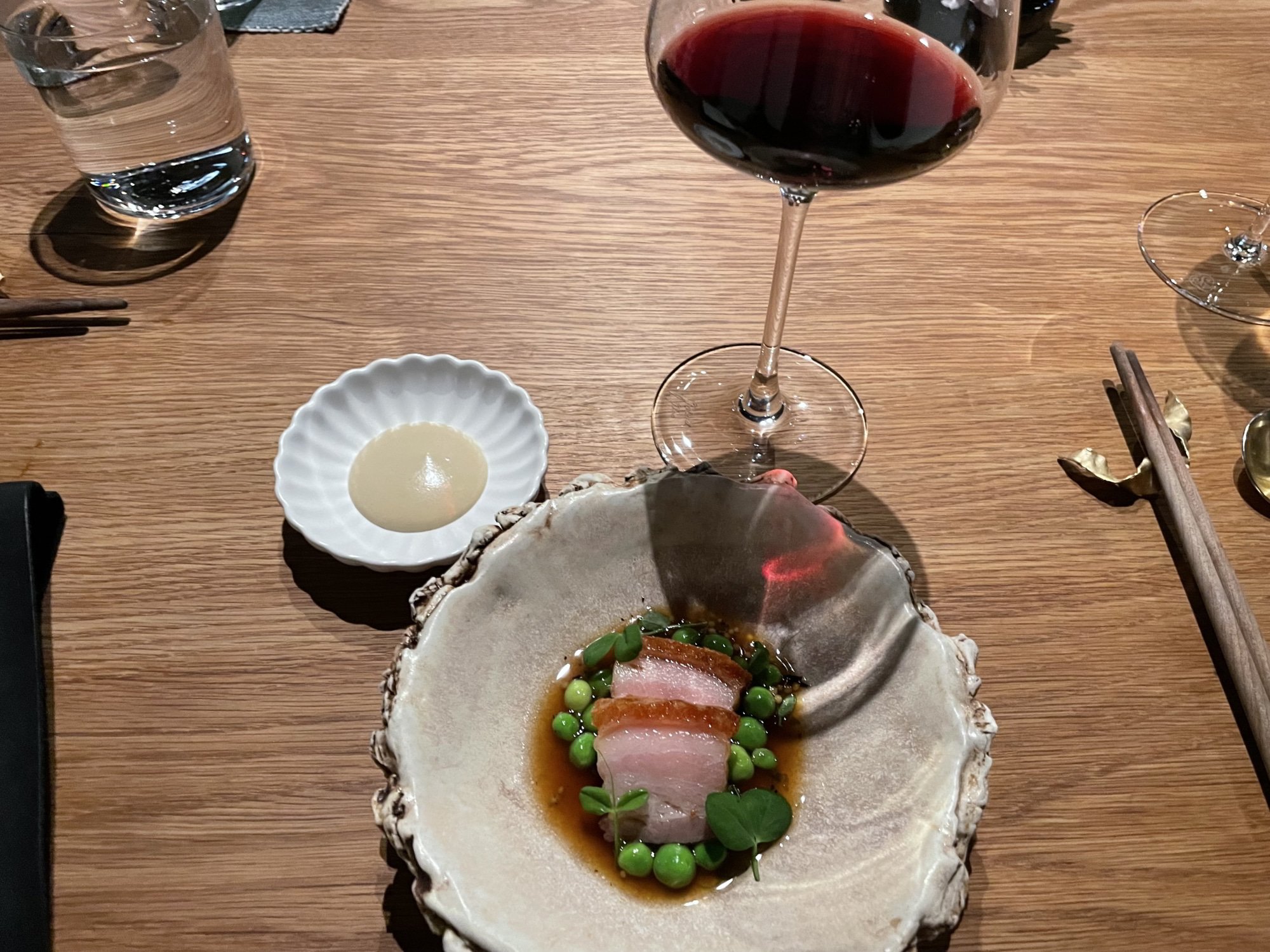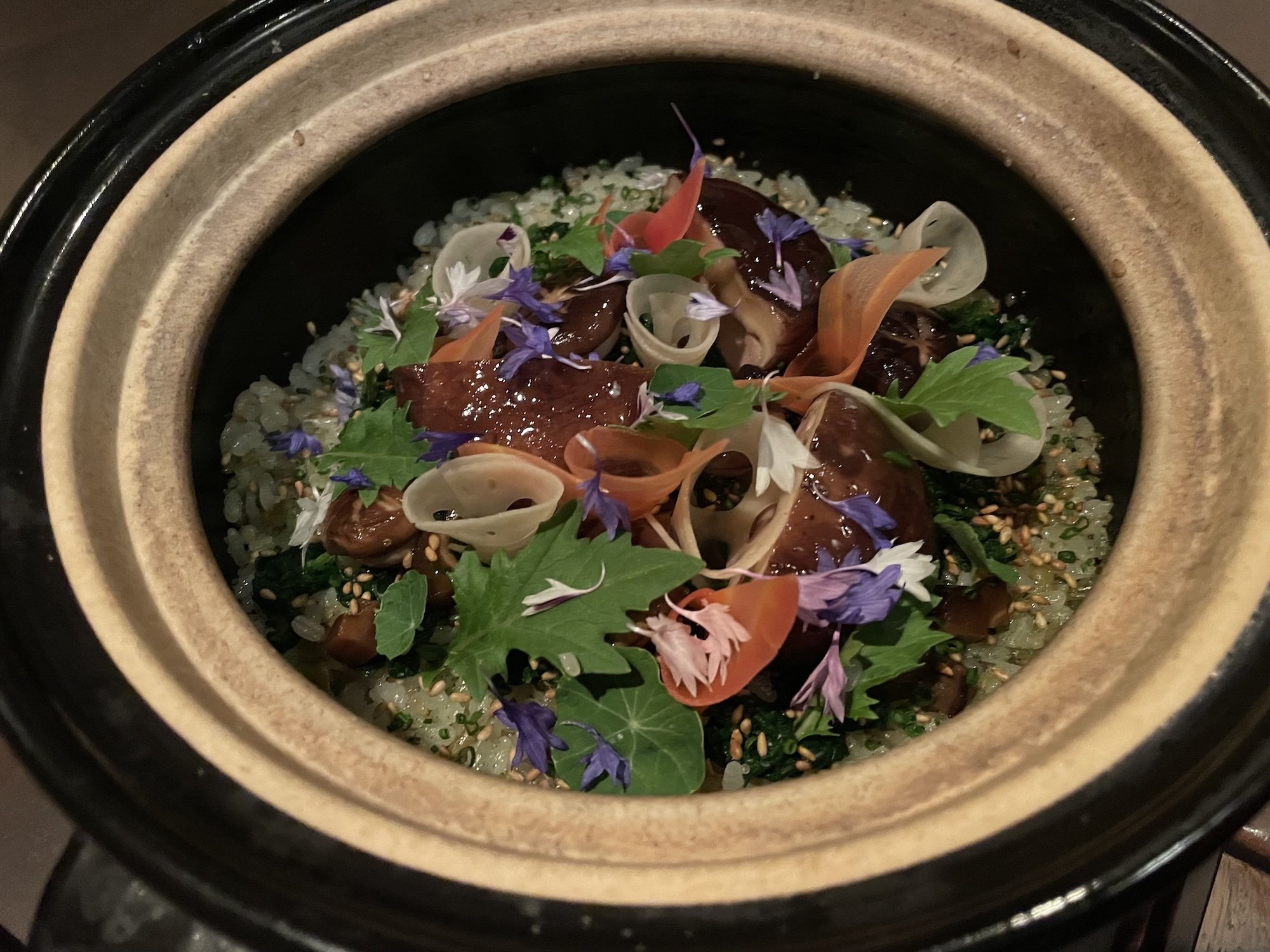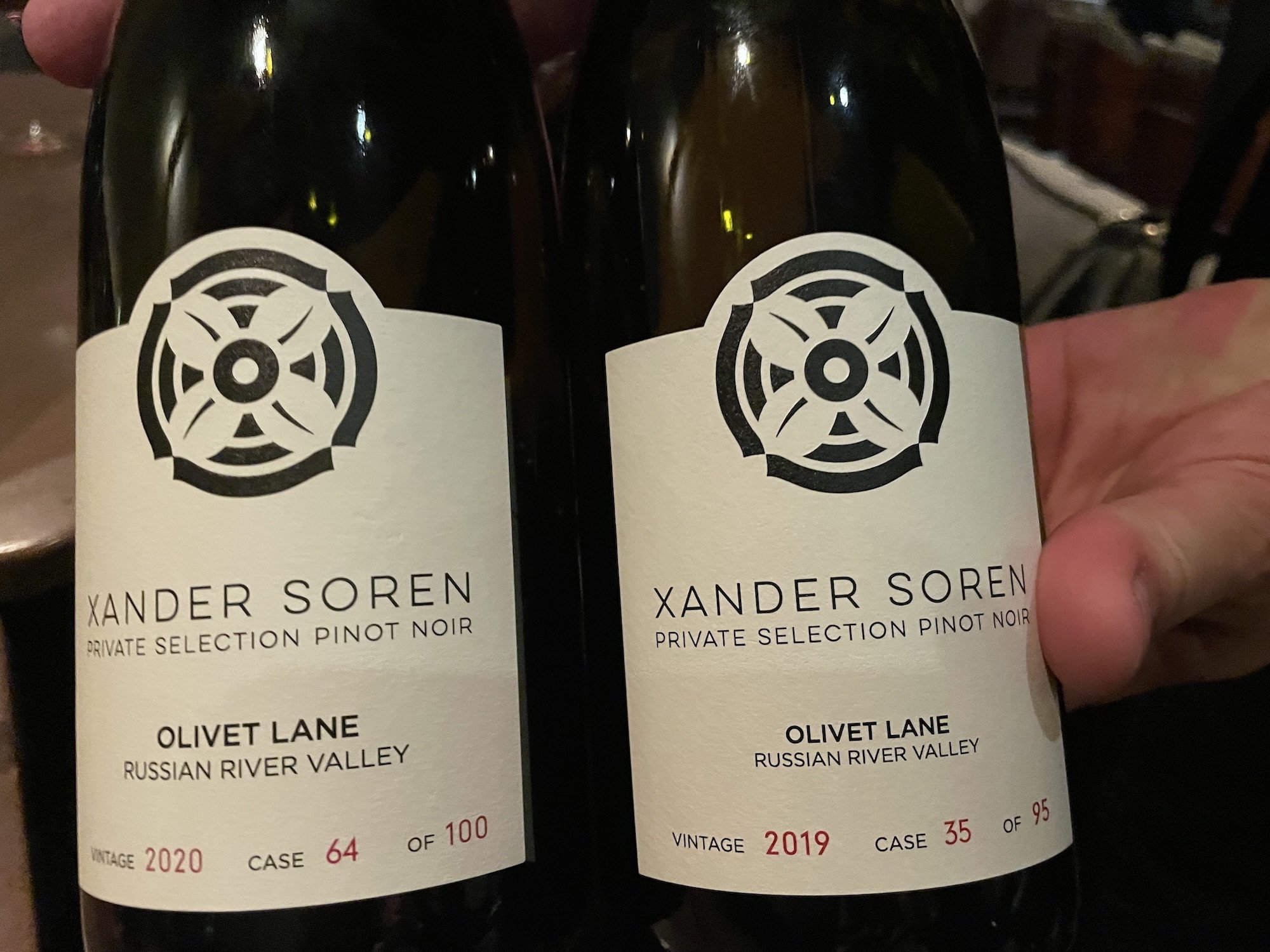Should You Pair Japanese Food with Wine?
Japanese food with wine
When it comes to Japanese cuisine, there is an inherent harmony in every dish. From sushi to kaiseki, the focus is on balance, precision, enhancing, and celebrating high-quality natural ingredients. Traditionally Japanese beverages have been the default drink pairings with Japanese food, but in recent years, chefs, sommeliers, and winemakers have been exploring new possibilities, introducing wines—both red and white—into the equation.
As Xander Soren, the founder of Xander Soren Wines, a California-based winemaker with a passion for Japanese cuisine reflects, “Growing up in the US, I had always assumed that the best drinks to pair with Japanese food would be sake, or a crisp Japanese beer like Asahi, Sapporo, etc. In my travels to Japan over the last 20+ years, I learned how curious and creative their chefs are. While they are proud of their rich culinary traditions, they also love to explore other cultures and incorporate the best of non-Japanese ingredients and techniques into their foods—and the same has been happening with wines.”
Should you pair Japanese food with wine? Absolutely. While the dishes vary greatly, an underlying flavor is umami, the deliciously savory character of food associated with glutamate, an amino acid found in elemental building blocks of Japanese cuisine. It provides a key to many successful wine pairings.
Red Wine and Japanese Food
Seafood
Sushi
Wagyu beef
Donable at Single Thread
Soren’s travels and collaborations led him to believe in the surprising versatility of pinot noir as a pairing for Japanese food. “Many sommeliers believe that pinot noir is one of the most versatile varietals for food pairing,” he explains. To craft wines specifically for Japanese cuisine, Soren and his award-winning pinot noir winemaker Shalini Sekhar adopt an old-world approach, focusing on organic and sustainable viticulture, native fermentation, and minimal intervention. The goal is to create elegant wines that Soren describes as having, “Vibrant acidity, good fruit structure, but not overpowering and without high alcohol levels.” He also focuses on coastal sites, including the Santa Rita Hills and West Sonoma Coast AVAs which he notes, “Bring ocean influence and flavors like sea spray and nori that nicely support umami-rich Japanese seafood dishes.”
Xander Soren Olivet Lane Pinot Noir
Sekhar looks at the regionality and at the classic five tastes of Japanese foods, salty, sour, bitter, sweet and umami. She adds, “There is a great range in Japanese cuisine: sushi, tempura, dashi, yakitori, or wagyu, to name a few. But within that diversity is the unifying element of umami and all of the vineyard sites we choose to work with complement that character. If one considers the ‘five tastes’ it becomes clearer that each element should be considered in relation to the fruit character of a site, its acidity or tannin level and quality, or combination of all of these elements.” As an example, she points to their Olivet Lane Pinot Noir, “Located in the Russian River Valley, it is so pure in its expression of cherry fruit and earthy spice. It’s an obvious pairing to duck or wagyu, but our minimal intervention approach to the winemaking means it pair surprisingly well with sushi as well. On the other hand, our (insert Xander Soren Yuki Sonoma Coast Pinot Noir from cooler West Sonoma Coast is more black-fruited and spicy and works wonderfully with oilier sushi or even wagyu. There’s no one right answer to me for how to pair our wines, but I do believe pinot noir is far more versatile, and especially so with Japanese cuisine, than people traditionally think.”
Shalini Sekhar and Xander Soren with chef Kyle Connaughton
Finally, she highlights the importance of texture in these wines, emphasizing the need for balance in tannins, acidity, and oak. “With delicate fare like sushi or a poached fish in dashi, a lighter touch is needed to accentuate rather than combat the food. Bright acidity as well as balanced alcohol are also important to compliment and not overpower dishes. The wine should make the food better and vice versa and our approach is creating restrained wines, though always showcasing the purity of California fruit aromas and flavors.”
Why focus on pinot noir? Because the right pairing can be transcendent. Soren recalls, “My first eye-opening experience before starting my wine project was visiting Hidezushi in Kyoto where the sushi chef is also a trained sommelier who visits France regularly, and matches his cuisine with aged Burgundy and Champagnes. Chef Otani San was kind enough to share a special bottle of 1996 Henri Jayer Nuits St. George to help demonstrate how pinot noir can be matched with tuna and even white fish nigiri.
White Wine and Japanese Food
Washoku (traditional harmonious seasonal cuisine)
Binchotan grilled
Kombu or katsuobushi-based dishes
Tataki (briefly seared)
Ankimo (monkfish live)
Caviar course at Nisei
Shares Lemaire, “Champagne, for me, often lends itself to the textural play that is so integral to the balance of Washoku cuisine. Mousse has the ability to add a new textural dimension to a dish, one that excites the palate but quickly dissipates and acquiesces to the other textures and flavors of the food.”
Another notable region is Sancerre, famous for crisp and aromatic sauvignon blanc. Says Lemaire, “Our menu currently pairs a 2022 Sancerre from Domaine Vacheron with venison tataki. The producer is known for their plantings in Silex soil, which lends a flint character to the wine that folds nicely into the smoky, seared meat. It is precisely the mineral and flint character of the terroir in Sancerre that I have found lending itself to Japanese methods of preparing proteins—binchotan grilling and searing, in particular, find companionship in these wines.”
Châteauneuf-du-Pape Blanc Clos la Roquète
Lemaire also looks to the Rhône for white wines noting, “It really is the coastal quality that lends itself to the cuisine. There are so many regions sitting on the Mediterranean Sea whose saline profiles play nicely with Japanese foundational flavors. Nimono, or simmered dishes, often have an umami dashi base of kombu or katsuobushi, and Chateauneuf-Du-Pape with its signature charcuterie/savory base have great pairing potential for these types of dishes.”
Sophia Lemaire
Lemaire’s pairing philosophy is to respect the inherent balance of Japanese cuisine. She explains, “I have found that pairing wines within the context of Japanese cuisine has always been about carefully adding components and structure in order to maintain that balance which is already inherent to the dish. You are, for example, less likely to encounter a dish that is so rich as to necessitate a wine with high acidity or powerful tannins. Often, I find the cuisine at Nisei to fall in line with wines of balanced structure, whose profiles sit neatly on top of the composition of the dish and add complexity to the experience of taste.”
When in doubt, a twist on a classic pairing is another sure winner. Says Lemaire, “One of my absolute favorite pairings was with a dish we put on close to when we first opened the restaurant. It was a bread course, traditional shokupan made by our pastry chef and laid over with tart cranberry sauce and a rich ankimo butter, paired with a Sauternes from Chateau Les Justice. It was a play on the classic foie gras and Sauternes pairing, replaced with the ‘foie gras of the sea.’ That style of sweet, botrytized wine plays so well with the natural funk and savoriness of the ankimo, and having that dessert wine come out earlier in the meal made for a really unique menu progression.”
From Japan to France to California, Japan’s culinary traditions have inspired a new era of creativity in beverage pairing. Wine—both red and white—can be thoughtful companions to the country’s nuanced flavors. As Soren says wistfully, “I could happily enjoy all Japanese cuisine without alcohol, but I do think meals can be elevated with the right pairings. There’s no one right answer for how to pair our wines, but that’s what makes it exciting. The joy is in the discovery.”







